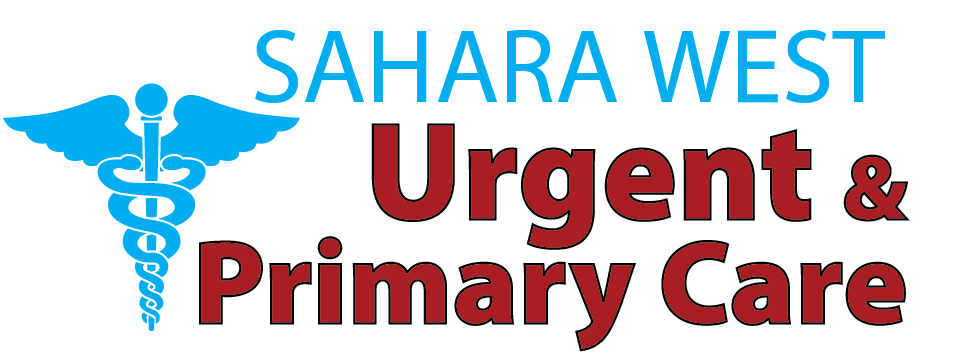Permanent weight loss is not a diet; dieting is a lifestyle. This guide takes an in-depth review of sustainable plans that can enable you to lose body fat, stay in a weight range, and lead a healthier lifestyle.
Understanding Weight Loss & Maintenance
The Science Behind Losing Weight
When you spend more calories than you take in, this is how effective weight loss occurs. Several systems determine how much energy is spent, and the sources include your basal metabolic rate and thermogenesis, daily activity, exercise, etc. Although diet accounts for a major portion (70-80%) of weight loss success, regular exercise maintains the muscle structure and metabolism.
Defining a Healthy Rate of Weight Loss
The target should be a loss of approximately 0.5-1 kg (1-2 lb) a week. This rate guarantees that you preserve your muscle mass and reduce such adverse impacts as nutrient deficiency or metabolic deceleration. It also facilitates steady, long-term commitment outcomes.
Realistic Monthly Weight-Loss Goals
The goal is about 2-4 kg in a month. Rapid rates of weight loss pose the risk of rebounds and detract from health. Be proud of our improvement through gradual incremental change.
Nutrition Strategies for Fat Reduction
Balanced Hypocaloric Diets
Concentrate on nutrient-abundant whole foods: lean proteins, whole grains, healthy fats, fruits, and veggies. Establishing a slight calorie deficit and ensuring satiety and energy through vitamins, minerals, and fiber.
High-Protein, Lower-Carb Approaches
Protein aids in the maintenance of lean mass and also reduces hunger. Reduced carbohydrates will help cut fat; however, make sure that you consume fiber to facilitate digestion. Fish, thin meat, legumes, and low-processed whole grains are good protein that fits in this plan.
High-Fiber Intake
Fiber prevents fast digestion, stabilizes blood sugar, and enhances fullness. Your long-term adherence will increase because you will focus less on cravings by incorporating legumes, vegetables, fruits, and whole grains.
Very Low-Calorie Diets: Analysis
Weight loss below 800 kcal/day can be achieved with diets lower than 800 kcal/day. Alternatively, they may cause loss of lean mass, a decrease in metabolism, and a lack of nutrition. These diets are activities that healthcare professionals should oversee.
Exercise and Physical Activity Approaches
Aerobic/Cardio Training
Target 150 to 300 minutes of moderate cardio each week, i.e., walking, biking, or jogging. It accelerates fat burning and heart health, which influences much in your balancing of calories.
Strength & Resistance Training
Encompass 2 or 3 sessions weekly. Lean muscle increases metabolism and body composition, which promotes fat loss and maintenance after weight loss.
NEAT and Daily Movement
Associate more activities that are not in the form of exercise, such as walking, housework, or standing. Such movements, which are frequently ignored, burn a great number of calories daily.
Behavioral and Lifestyle Modifications
Self-Monitoring & Feedback
Monitor food, weight, and activity. The monitoring leads to increased awareness and accountability and allows the determination of patterns of eating or activities that should be changed.
Habit Building and Environmental Design
Make your environment work in your favor: store healthy food in plain view, eliminate junk food from the door, and time food. Such modifications minimize the effect of decision fatigue and increase consistency.
Support Systems and Community
Rely on counseling, patient-led groups, online forums, or exercise buddies. Social support enhances inspiration and responsibility, and becomes stronger during failures.
Accountability and Tracking Tools
Calorie Counting vs. Intuitive Eating
Making a tally is more precise, and intuitive eating is more dynamic and self-knowledge. It is quite sustainable that they combine both and trace them at first, and later on, very slowly switch to mindful autonomy.
Digital Tools and Fitness Apps
The process can be made easy with apps such as MyFitnessPal, Cronometer, or Fitbit, which give you visual cues on your progress. They also assist you in keeping track of the macro- and micronutrients you are consuming, which facilitates an informed food selection.
Transitioning to Weight Maintenance
From Weight Loss to Plateau and Maintenance
Slowly raise calories till you reach a steady weight when you reach your goal. Bounce-back can be prevented by fine-tuning exercise and intake based on the response of your body.
Adopting Sustainable Eating Patterns
Be consistent: have meals regularly, eat healthy, and treat yourself sometimes. Relapse may be caused by triggers and social situations, which is why it is best to have flexible plans in order to maintain momentum.
Handling Plateaus and Minor Relapses
Weight plateaus are not an unusual occurrence; the most prominent thing is to correct the activity, to analyze the diet, and stay calm. A minor setback is not defeat; resolve and restart.
Special Considerations and Health Conditions
Malabsorption Syndromes and Nutrient Absorption
Absorption of nutrients is impaired by such conditions as celiac disease or pancreatic insufficiency, which also affects weight stability. Steatorrhea or inexplicable weight loss are symptoms that must be reviewed in medical terms.
Role of Supplements
Supplements can assist in dieting shortcomings, but not instead of it. Emphasis on whole foods; use supplements, such as vitamin D or omega-3 3, only when dietary sources are deficient.
When to Seek Professional Guidance
Weight problems, health problems, or emotional eating might need a dietitian, endocrinologist, or mental health care to establish a specialized plan.
Emerging Trends & Future Approaches
Cognitive-Behavioral Tools & Digital Coaching
CBT-based apps help reshape thought patterns related to food and body image. Virtual coaching, telehealth, and online communities expand support beyond in-person sessions.
Pharmacological and Technological Innovations
New medications targeting appetite, metabolism, or fat absorption are promising but still require a lifestyle foundation to work. Keep informed on quality evidence and reputable guidance.
Conclusion
Sustaining weight loss Las Vegas demands consistent, multifaceted strategies. Prioritize a balanced diet, regular exercise, self-monitoring, and a supportive environment. Begin your journey today—commit to one small change this week and reach out to your support network. Your healthier life awaits! To schedule your appointment with the highest standard of care, visit Sahara West Urgent Care on our website, where you can also explore more informative blogs.
Faqs
What percentage of calories should come from fat?
Aim for 20–35% of total calories from healthy fats like olive oil, nuts, seeds, and fish. This supports nutrient absorption and satisfaction.
Is calorie counting the only route to weight loss?
Not necessarily. While it provides structure, combining counting with intuitive eating builds sustainable habits and better food relationships.
How much weight is healthy to lose per month?
A safe pace is 2–4 kg (4–9 lb) monthly. Anything significantly above this may increase the risk of muscle loss or rebound weight gain.
Why might intermittent fasting not show results?
The missing factor is often total calorie intake: if you overeat during feeding windows, no calorie deficit exists. Stress, sleep disruption, or inconsistent fasting can also impede success.
Can malabsorption cause weight issues?
Yes. Conditions like celiac or gallbladder insufficiency impair nutrient absorption. Look out for symptoms like frequent diarrhea, fatty stools, or unexplained fatigue—seek medical advice if you notice them.





